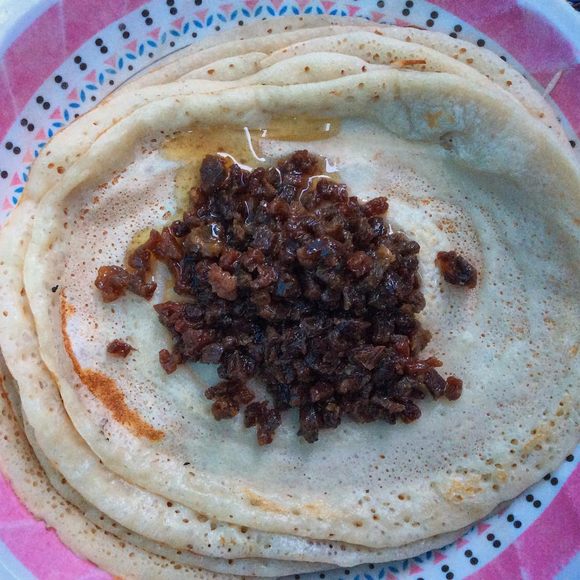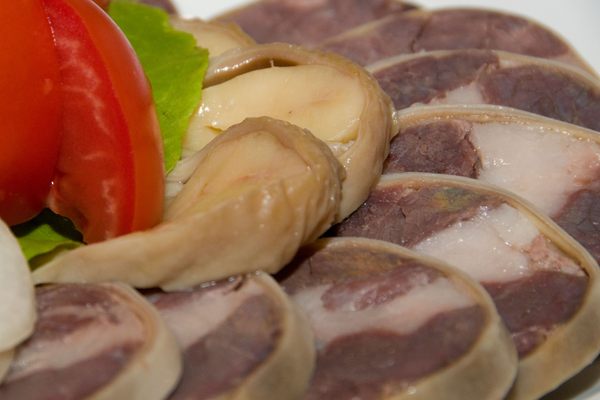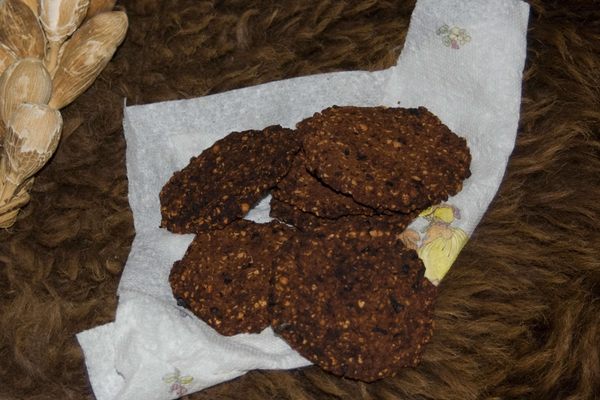Meats & Animal Products
Muqmad
This camel jerky is a lifeline for Somali nomads during times of drought.
Tucked away in a corner of the market in Somaliland’s capital of Hargeisa is a little opening where dozens of women sit cutting up chunks of meat into thin strips, which they then string up on washing lines in the sun.
They are making muqmad, a quintessentially Somali version of meat jerky. Usually camel, and sometimes beef, muqmad is a traditional dish of the Somali nomadic communities who had to find ways of preserving food for their long migrations through the sweltering desert. Their diet consists mainly of meat and milk; muqmad, also known as oodkac, is their contingency food in times of drought. The dish is prepared by drying strips of meat in the sun for a few days, cutting them up into tiny cubes, and then deep-frying them. The salty, chewy nuggets of meat are then placed in a wooden container, and can last for more than a year.
In the northern Somali regions, muqmad is a central part of traditional wedding ceremonies: The meat is placed in a Xeedho, a wood-and-leather container that the bride’s family decorates with sea shells and beads. The vessel, which represents the bride, is then wrapped in cloth, bound by intricately knotted rope, and given as a gift to the groom and his family. After the wedding, on the evening of the seventh day, members of both families gather around for the opening of the Xeedho, and a relative of the groom must successfully untie the knots and unveil the container. If he were to fail, the bride’s family may even claim her back, and the reputation of the groom and his clan would be ruined forever.
If successfully opened, the Xeedho reveals another, smaller container made of mashed and hardened dates and a spice, which in turn contains the muqmad. The dried meat is distributed to the guests with parts of the date-container, and only then can the marriage be truly celebrated.













